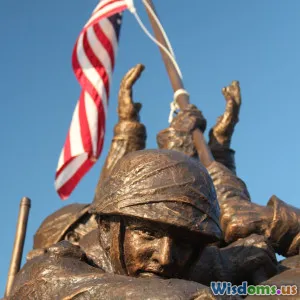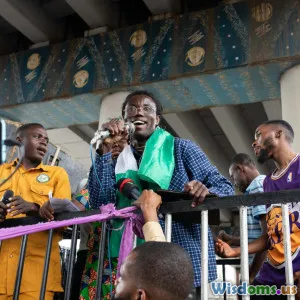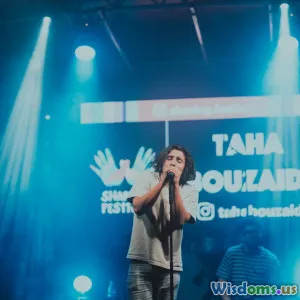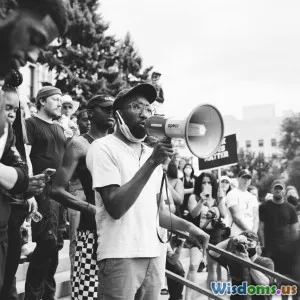
When National Anthems Became Calls for Social Justice
17 min read Explore how national anthems have become powerful protests, inspiring social justice across the world. (0 Reviews)
When National Anthems Became Calls for Social Justice
National anthems, echoing through stadiums and parliaments, have long signified unity and patriotism. Yet throughout history, the grand crescendos and solemn verses of these songs have also carried voices of dissent, hope, and the demand for a fairer world. From their origins to their adaptations in times of turmoil, national anthems have at various pivotal moments been repurposed into powerful calls for social justice, giving a melody to struggles and, at times, even becoming their rallying cry.
The Evolution of Anthems: From Royalty to Revolution

National anthems trace their roots back to the 18th century, often as odes to monarchs or the state. "God Save the King," for example, penned in mid-1700s Britain, glorified the monarchy amid growing national identity. But the late 18th and 19th centuries, marked most fatefully by the French Revolution, began transforming these royal paeans into something more populist.
A case in point: La Marseillaise, France’s anthem. Written overnight in 1792 by Claude Joseph Rouget de Lisle, it was not only a song for French troops but also a poetic incitement against tyranny. Its lyrics summoned citizens to "march, march," invoking freedom and the right to overthrow oppression—a sentiment seized upon globally by revolutionary movements.
Similar transformations appeared elsewhere. In Italy, "Il Canto degli Italiani" called for national unity and independence against foreign rule, aligning with the 19th-century Risorgimento struggles. These early adaptations set the precedent for anthems being more than ceremonial airs—they became vessels for the aspiration of civil liberties and equality.
Anthems in Colonial and Post-Colonial Movements

As the colonial era waned, newly forming nation-states often looked to anthems as vehicles for expressing rebirth and resistance. Many such songs, composed during anti-colonial upheavals or steeped in post-independence optimism, symbolized the long fought-for ideals of justice.
Consider Kenya’s “Ee Mungu Nguvu Yetu”, adopted in 1963 after independence from Britain. Its plea to "let justice be our shield and defender" mirrored the struggles and hopes of a nation recovering from colonial repression. Similarly, India's “Jana Gana Mana,” though a hymn of unity, became an emblem during protests and the quest for social inclusivity amidst complex caste and ethnic divisions.
In Indonesia, “Indonesia Raya” was penned in 1928, almost two decades before independence. Sung surreptitiously, it stoked calls for an egalitarian republic and galvanized resistance to Dutch rule. These examples highlight how, in contexts of struggle, anthems surpassed mere nationalistic fervor to champion ideals of freedom and justice for all citizens.
Turning Points: Social Movements and the Reimagining of Established Anthems

Official anthems—often written in the distant past—have been repeatedly reclaimed in the context of social justice. Icons and activists have used familiar melodies not to celebrate the status quo, but to challenge it, turning public anthem performances into platforms for protest.
A defining moment was at the 1968 Olympics in Mexico City, when American sprinters Tommie Smith and John Carlos raised gloved fists during “The Star-Spangled Banner.” Their action spotlighted racial inequality in the US and transformed the anthem—known for its allusions to “the land of the free”—into a stage for civil rights advocacy. Such acts re-imagined national music as inclusive, or called out its exclusions.
More recently, American football player Colin Kaepernick’s 2016 protest—kneeling during the anthem to protest police brutality—sparked both solidarity and controversy. In these pivotal moments, the anthem transcended sport, becoming instead an anthem for accountability and justice rather than uncritical patriotism. The implicit message: true patriotism embraces critique to strive for a better, more equal nation.
Alternative Anthems: When Protest Songs Become National Symbols

While official anthems are state-sanctioned, grassroots movements have propelled alternative songs to "anthem" status in their crusade for justice. These unofficial anthems often emerge organically from the crucible of struggle, providing galvanizing soundtracks to monumental shifts.
South Africa's "Nkosi Sikelel’ iAfrika"
Perhaps the most striking example is Nkosi Sikelel’ iAfrika ("God Bless Africa"), written by Enoch Sontonga in 1897. Sung in opposition to apartheid, it merged Christian hymnody with demands for freedom, rapidly becoming the voice of resistance and hope for black South Africans. After the end of apartheid, the new democratic South Africa combined it with segments of the old anthem—a unique instance of an official anthem directly born from social justice activism.
"We Shall Overcome": The Soul of the Civil Rights Movement
In the United States, "We Shall Overcome" became the defining hymn of the 1960s civil rights era. While never an official anthem, it was sung at sit-ins, freedom marches, and rallies, uniting diverse participants in the language of justice. The song’s repetitive assurances—“We are not afraid, we shall overcome”—provided comfort and courage, from Montgomery to Selma. Notably, presidents, lawmakers, and protestors alike have embraced these words, cementing the song’s importance far beyond mere ceremony.
Lyric Debates: Whose Justice Is Celebrated?
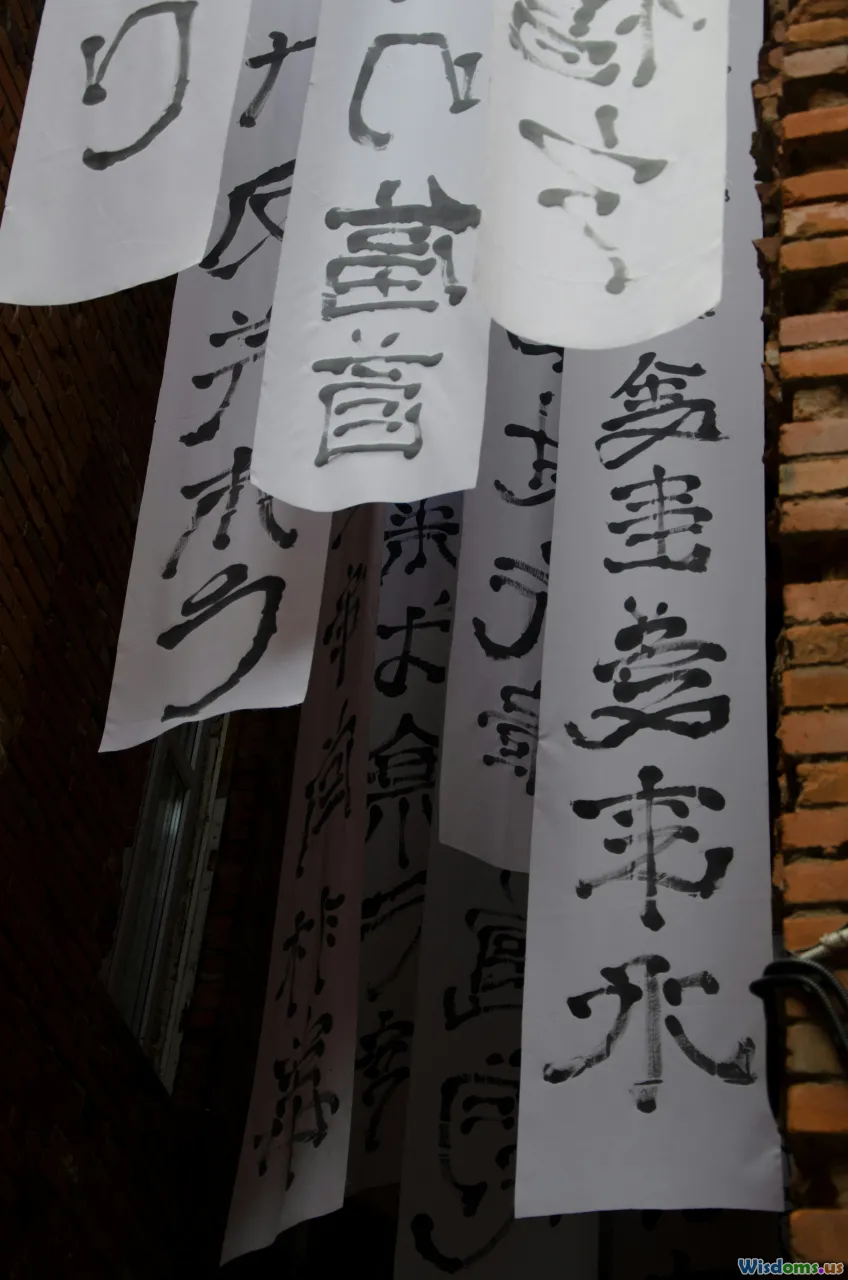
For all their power to unify, some national anthems’ lyrics have increasingly come under scrutiny. Critics argue many wordings—composed in different eras—fail to reflect modern values of inclusion or inadvertently propagate outdated biases.
The Star-Spangled Banner’s Forgotten Verses
Amid anthem protests in the US, observers have noted that lesser-known verses of "The Star-Spangled Banner" include lines that are indifferent, if not hostile, to enslaved people. This has led to campaigns urging either reinterpretation, replacement, or greater contextual awareness during public performances.
Australia’s Tune and the Call for Unity
Australia’s anthem, "Advance Australia Fair," originally made reference only to the country’s British heritage. Recent decades have seen calls to reword or replace these lyrics to acknowledge Aboriginal Australians and past injustices. In 2021, a single word change—from "young and free" to "one and free"—aimed to signal inclusivity, albeit amid ongoing debate.
Such debates reinforce the idea that anthems reflect not static ideals, but evolving social contracts. Highlighting exclusions can provoke uncomfortable conversations, but these moments also pave the way for renewed, more just collective identity.
The Role of Anthem Performances: Silent Protests and Symbolic Gestures
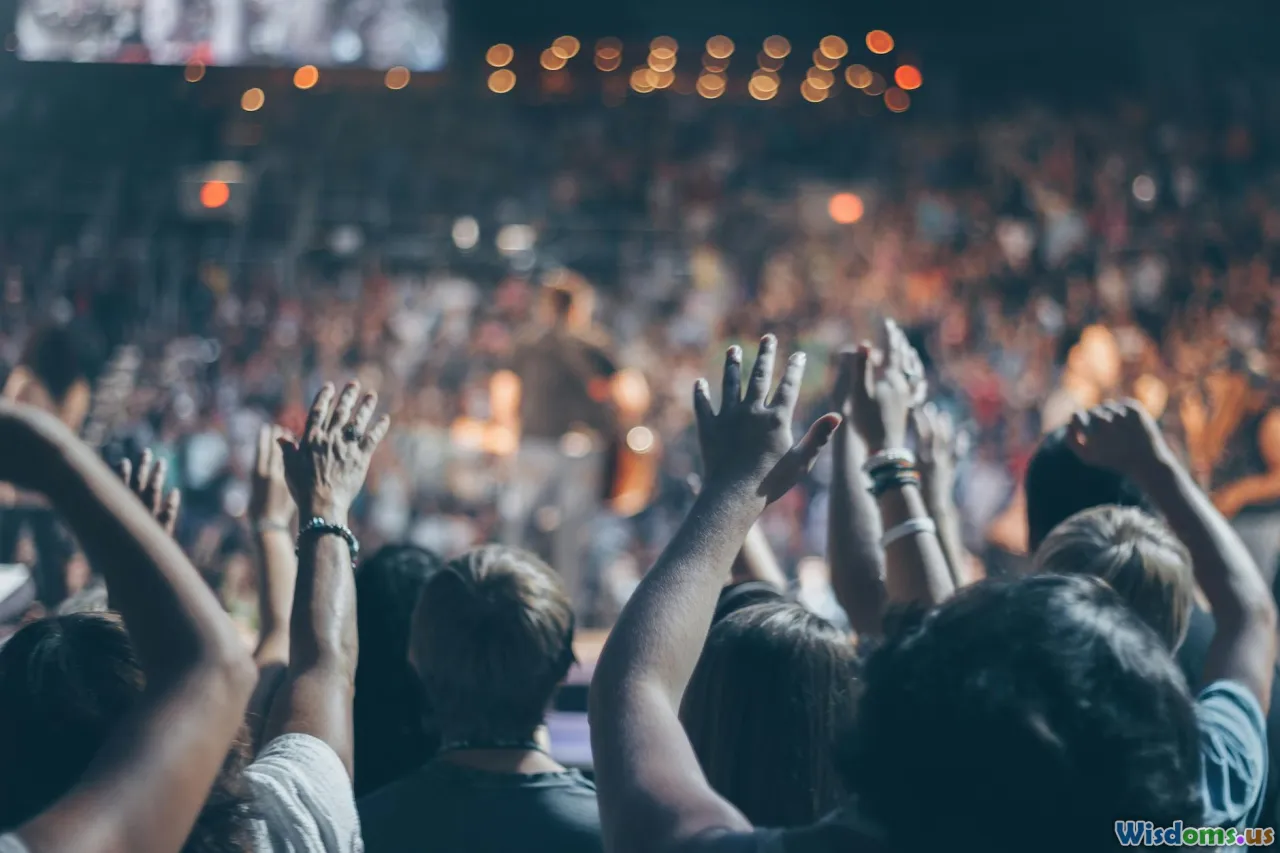
Sometimes, it is not the lyrics but the way an anthem is performed that lends it new social meaning. Silent, modified, or creative renditions have carried explicit “justice” messages inspiring debate and discussion.
At the 2016 Toronto All-Star Game, Canadian singer Kárina Gauvin deviated from "O Canada’s" established lyrics, inserting “all of us command” to reflect greater inclusivity. In the US, Jimi Hendrix’s searing electric guitar version of “The Star-Spangled Banner” at Woodstock shredded the boundaries between patriotism and protest, reflecting the chaos of a country divided by the Vietnam War and civil rights struggles.
In more recent years, silent kneeling or blackout stages during anthem recitals have become recognizable forms of protest, often triggering wider public debate about the nation’s social contract and responsibilities to its marginalized citizens.
Global Variations: Universal Themes, Unique Struggles

While each country’s anthem tells a distinct story, common themes—liberty, unity, sacrifice—resonate globally. Yet, the extent to which these ideals are realized or called into question is shaped by each nation’s historical journey.
For example, in Chile, the anthem resounded through the streets during the 2019-2020 protests for education reform and police accountability, retooled as a call for justice against inequality. In Hong Kong, “Glory to Hong Kong,” is not an official anthem, but in 2019 it became a rallying cry for democratic rights, outpacing the state-sanctioned song in popular consciousness. Anthems, official or not, fluidly become vessels reflecting evolving notions of citizenship and justice, particularly in times of rapid social change.
Anthem Reforms: Crafting the Songs for Tomorrow

Many countries have begun revising, supplementing, or even replacing official anthems to reflect contemporary values. These reforms are not without controversy, but they signal adaptive societies willing to align symbols with inclusive aspirations.
Canada made a historic change in 2018, updating “O Canada’s” lyrics from “in all thy sons command” to the gender-neutral “in all of us command.” Similar efforts are ongoing in places like New Zealand, where the Māori-language segment of the anthem finds equal footing with English.
Incorporating voices traditionally left out—women, minorities, indigenous groups—into a nation’s most solemn public song can act as a measure of justice progress. Grassroots campaigns and government commissions alike illustrate that for many, the anthem should belong to, and be a beacon for, everyone.
Tips for Harnessing Anthem Power in Social Justice Campaigns
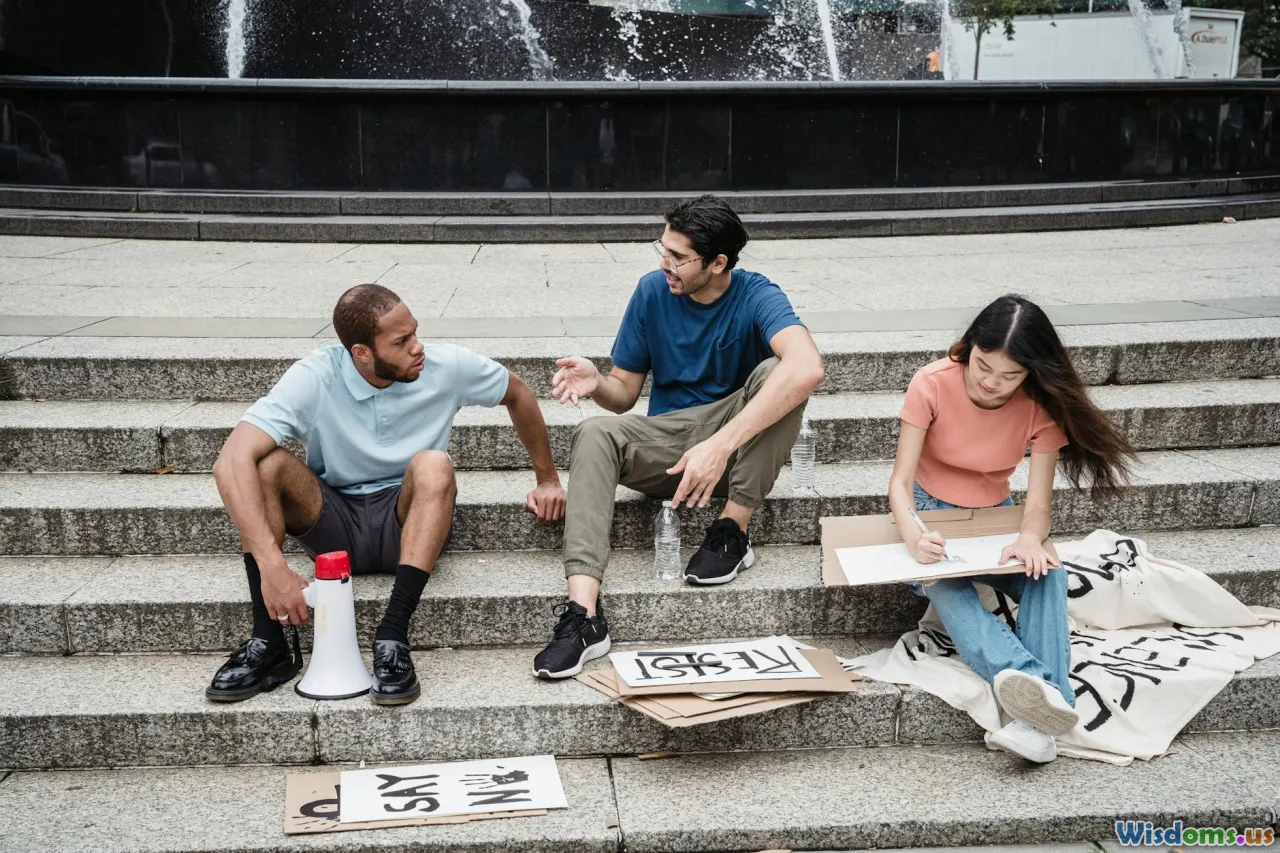
Organizations and activists frequently turn to music to rally support and articulate collective goals. Drawing lessons from the evolution of national anthems, here are actionable strategies for using anthems and song in modern social justice campaigns:
- Choose lyrics and melodies with inclusive, aspirational themes, emphasizing unity across divides.
- Host community workshops on songwriting and the adaptation of heritage music, allowing all voices—especially marginalized–to contribute.
- Organize public “sing-ins” for messages of justice, making these events accessible and welcoming.
- Use poetic license in performance: artistic renditions or language-switching signal evolving, dynamic identities.
- Leverage technology: share anthem adaptations via social media or livestream to viral effect.
- Educate: contextualize the lyrics and symbolism in outreach material, encouraging critical reflection rather than rote participation.
Such strategies demonstrate that justice messages can resonate beyond spoken dialogue, fostering emotional connections and solidifying solidarity through song.
Why Anthems Matter More Than Ever in a Changing World
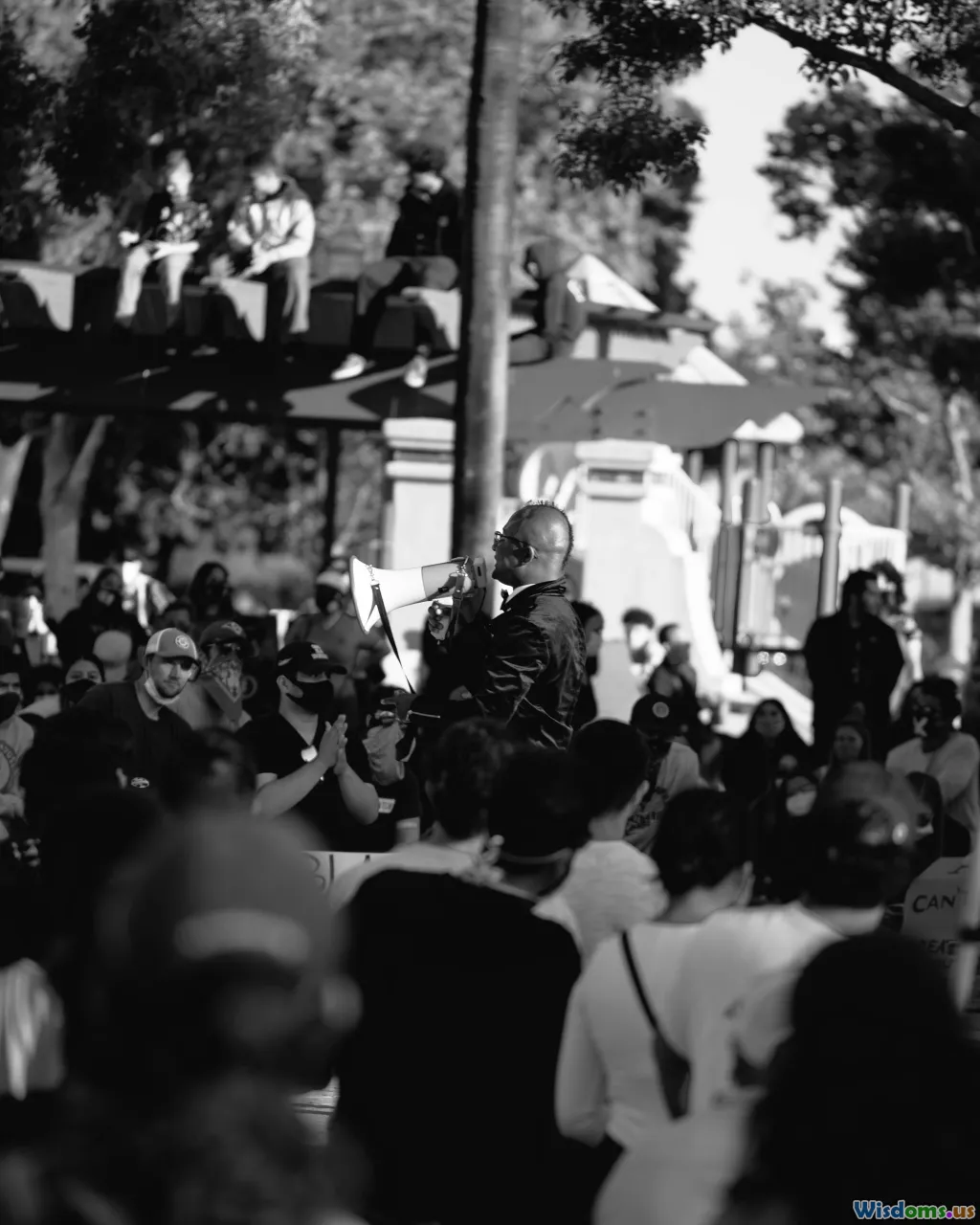
In a society increasingly conscious of injustice, national anthems—sometimes centuries old—find themselves at a crossroads. More than relics, they are contested spaces: sites of pride, sources of grievance, and, crucially, ongoing dialogues about who describes a nation and what it aspires to become.
The journey from celebratory tune to clarion call for justice has been shaped by revolutions, anti-colonial dreams, civil rights struggles, and ceaseless re-examinations of national identity. Whether sung traditionally, reinterpreted in the streets, or wholly rewritten, anthems remain uniquely potent. Their endurance demonstrates the human need to be seen, heard, and remembered—not just in stately ceremonies, but wherever fairness is called for and collective destinies are forged.
As globalization and diverse citizenship redefine national belonging, the dialogues around anthical lyrics and their context only intensify. Each powerful protest, lyric change, or healing rendition captures a moment not just in music, but in the conscience of a nation. And so, the next time voices rise for an anthem—whether in celebration or dissent—the world listens; for within the music may lie seeds of tomorrow’s justice.
Rate the Post
User Reviews
Popular Posts











